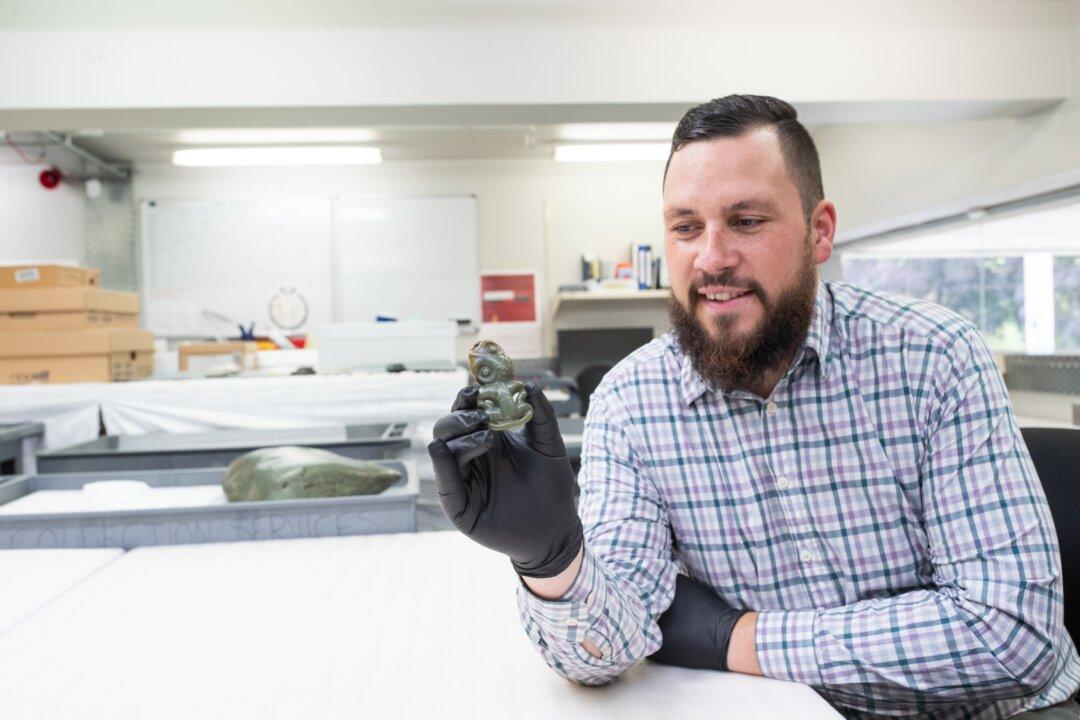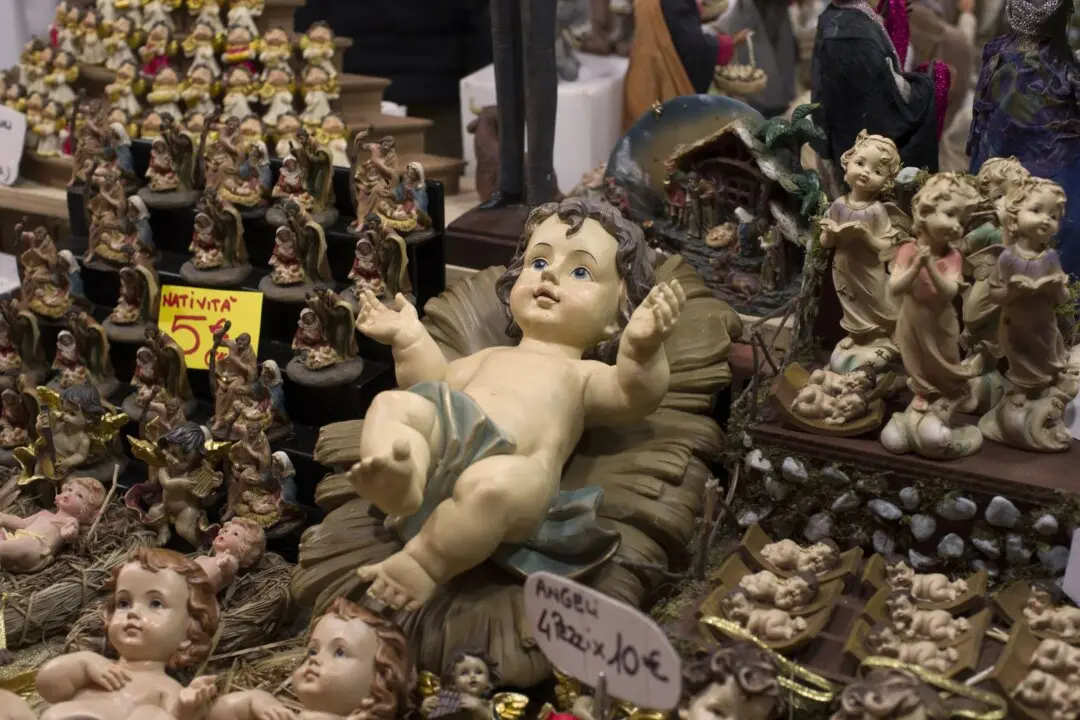Corban Te Aika, curator of human history (Matauranga Maori) at the Canterbury Museum in Christchurch, New Zealand, shares how his family reconnected with their ancestral pounamu (New Zealand greenstone), after they nearly lost it in battle, and then did lose it to a European collector.
The Te Aika Hei Tiki (hei tiki is a pendant in human form) has been in my family for around seven or eight generations. Around 1830, Kaiapoi Pa, the fortified village that my family has an association with, on New Zealand’s South Island, was attacked by a North Island tribe. The goal of the tribe was essentially to acquire Kaiapoi Pa in order to control the trade of pounamu.






